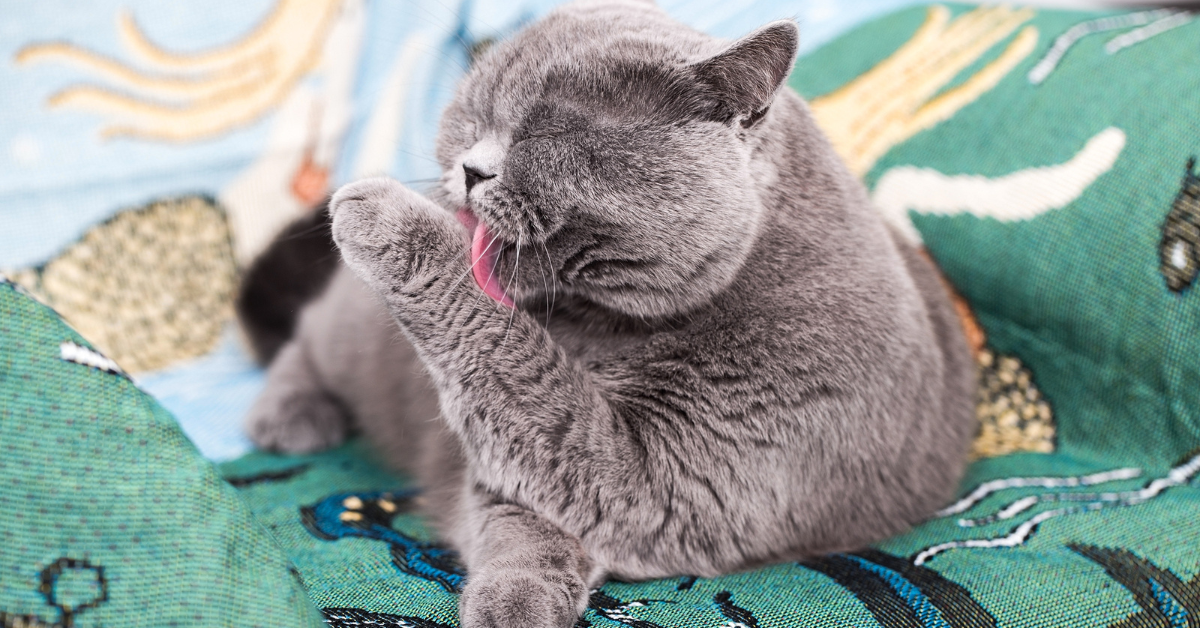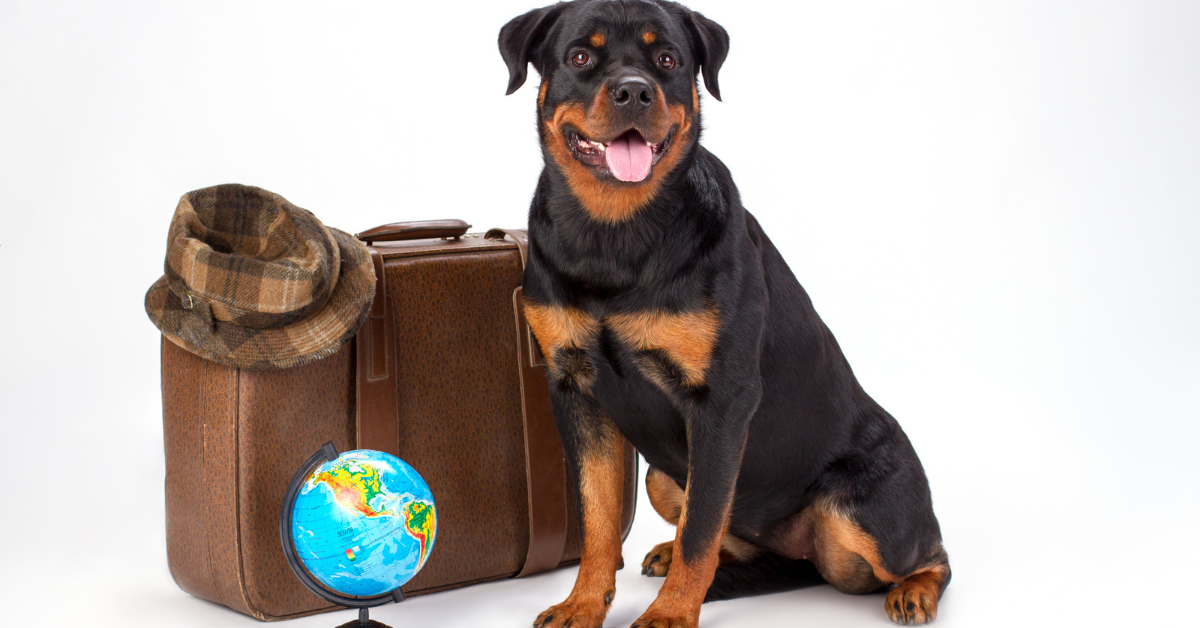Adopting A Senior Cat

Adopting a senior cat can be a rewarding experience. When you’ve identified an older cat that seems just right for you, it’s time to take him home. The American Association of Feline Practitioners says there are three easy steps to successfully integrating your new cat.
Prepare your home
Be sure to be patient. Make sure your house is ready for the new arrival when adopting a senior cat. And set up a visit with a veterinarian. It might go without saying, but you should be ready to offer plenty of affection, too. You’ll still need all the cat essentials that you would get for a younger cat. Items like litter boxes, cat toys, beds, feeding and watering accessories, scratching posts, and other items you may not know you need. Here is a useful list. And your new pet will need some time to get used to his new home. Allow them space and time to acclimate at their own pace. It’s probably a good idea to set up a safe place away from other pets for your new cat to get adjusted.
Veterinary Visits
Look Out for Health Issues. When adopting a senior cat pet parents should learn their new pets’ habits so that they can keep a close eye out for any changes. Cats are masterful at hiding pain or discomfort, so even a small change in behavior could indicate a health problem. Knowing what’s “normal” for your new senior cat will help you identify changes quickly before they become bigger problems. Watch for your senior cat moving slower or having trouble climbing. Older cats are prone to arthritis or joint problems. Look out for signs of stiffness, difficulty climbing, or reluctance to move. Pet parents should also keep an eye on their senior cat’s stool and urine to check for any changes in consistency or color. Pet parents of senior cats which are cats between 11 and 14 years old should take their senior cats to the vet every six months to track their health.
Six months of a senior cat’s life equals roughly two years in human terms. Additionally, pet parents should also look for changes in cats’ sleeping cycles, eating behaviors, nails, teeth, and more. Weight change is a red flag. Gaining weight could leave the cat more vulnerable to a disease while losing weight could be a sign of hyperthyroidism, intestinal disease, or diabetes. While older cats might be more vulnerable to sickness, pet parents should always be vigilant about their cats’ health, regardless of their age.
Provide Comfort
Older cats want attention and affection, and it’ll be up to you to keep playing and petting them. As they age, a senior cat will need extra padding and warmth around the house and may need help getting to their favorite play spots. That might mean putting a ramp or stepping stool nearby.
Previous article

Next article

Related posts
View all-

5 Simple Tips to Make Sure Your Cat Drinks Enough Water
Ensuring your cat stays hydrated is important, but it can be challenging since many cats don't drink enough water. Dehydration can lead to kidney disease and other health issues. Fortunately, you can encourage your cat to drink more with a few simple changes. Read Article -

How to Keep Your Cat Busy at Night (So You Can Sleep)
For many cat owners, the quest for a good night's sleep while keeping their feline friends content and engaged can seem like a never-ending battle. Cats, naturally more active at night or early in the morning, often disrupt your sleep schedules with nocturnal activity, whether through playful nature or seeking attention. Read Article -

Should You Bathe Your Cat? Everything You Need to Know About Cat Hygiene
When it comes to cat hygiene, a common question among cat owners is, "Should you bathe your cat?" Understanding how to care for felines, especially bathing cats properly, is crucial for maintaining their overall health. Most cats are fastidious groomers, but specific scenarios like long-haired cats getting dirty or skin irritations, might require a bath.
Read Article -

How to Fly with a Large Dog: Tips and Tricks
Traveling can be challenging, especially when it involves flying with a large dog. Whether your furry friend is a service dog, therapy dog, or simply a beloved pet, understanding the guidelines set by most airlines is crucial. Read Article




